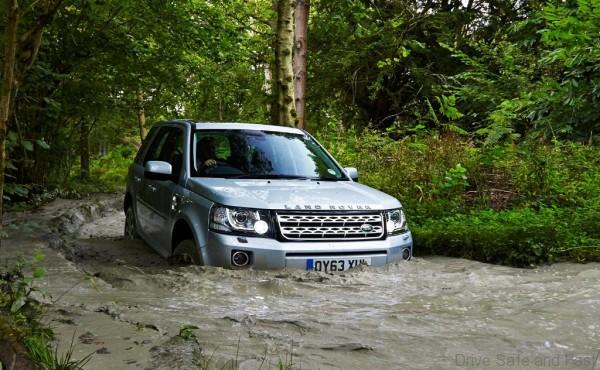Driving In Heavy Rain & Flooding, What To Do.
Driving in heavy rain and flooding can be hazardous. Even if you are a driving a diesel pickup truck with high riding suspension, you need to be aware of waves of water that can easily topple your 4×4. SUV owners should also realise that your vehicle has the capability of wading in deep water, but not thru a flood which could have depth changes with missing manhole covers and ground sinkholes. Some SUV and pickup truck manufacturers design their vehicles to take in high wading depths (almost to the window line) which we ourselves have tried and tested with success, but a flood has variable that could leave your stuck or even worse, washed away.
Here are some useful hints and tips to help you prepare for wet weather.
Vehicle breakdowns hit a higher note during periods of wet weather, as the stagnant water sitting on our roads can cause problems with engines and electrical systems. If you must drive, here are some tips you can use to reduce your chances of an accident or breakdown.
Many rain-related breakdowns are easily avoidable as they are often caused by people driving through deep standing water. While cars have improved significantly in technical terms in recent years they are still not waterproof and will break down if they are driven through deep stagnant water.
Flood-related engine damage incident is typically caused by water being sucked into the engine which causes the engine to lock up and can in turn damage important engine components including piston connecting rods and valves. This will result in the workshop owner smiling when he hands you the repair bill as flood damage repair is very expensive.
Here are some tips/advise for you to think about before driving in very heavy rain.
- Consider whether your journey is essential. If not, can it be delayed until after the rain and flooding has subsided?
- Plan your journey in advance, taking care to avoid areas which are prone to flooding, and factoring in extra time to allow for slower speeds and potential traffic congestion.
- Let relatives and friends know your intended route and expected time of arrival and where possible, travel with others.
- Check that your windscreen wiper blades are fully functional. If both front and back blades are not wiping the screen clean and clear, get them replaced.
- Make sure you fill up with petrol/diesel. Using your lights and air-conditioning and being caught in traffic uses more fuel than driving in normal conditions.
- Carry a mobile phone in case you encounter any difficulties during your journey and make sure you have at least 50% battery life.


















